The Colorful History Of Old West Saloons
Step into the dusty streets of the Old West, where saloons were much more than just watering holes; they were the social heart of frontier towns. With swinging doors and lively piano tunes, these establishments offered a respite for miners, cowboys, and travelers alike.
Saloons were places of camaraderie and conflict, where fortunes could be made or lost at the turn of a card. They were cultural melting pots, blending diverse backgrounds in a rugged setting.
The Birth of the American Saloon: Where It All Began
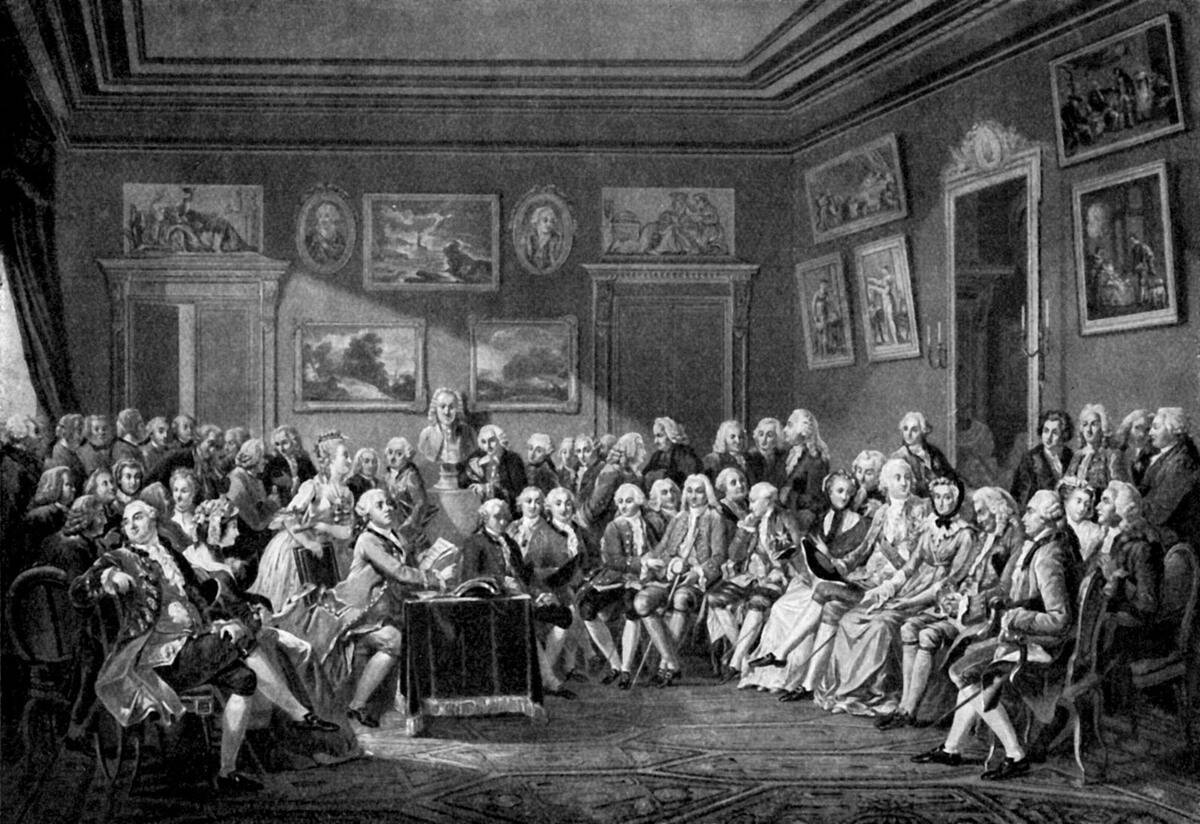
Both the concept of the American saloon and the term itself originated from European salons, adapting to the unique needs of the expanding frontier. In the early 1800s, the first saloons appeared in Wyoming and Colorado, catering to fur trappers and traders.
These early establishments were simple, often makeshift, but they laid the groundwork for the grand saloons that would later dominate the landscape. As the frontier moved westward, saloons evolved into more sophisticated hubs of social interaction.
Saloons and the Gold Rush: A Match Made in History
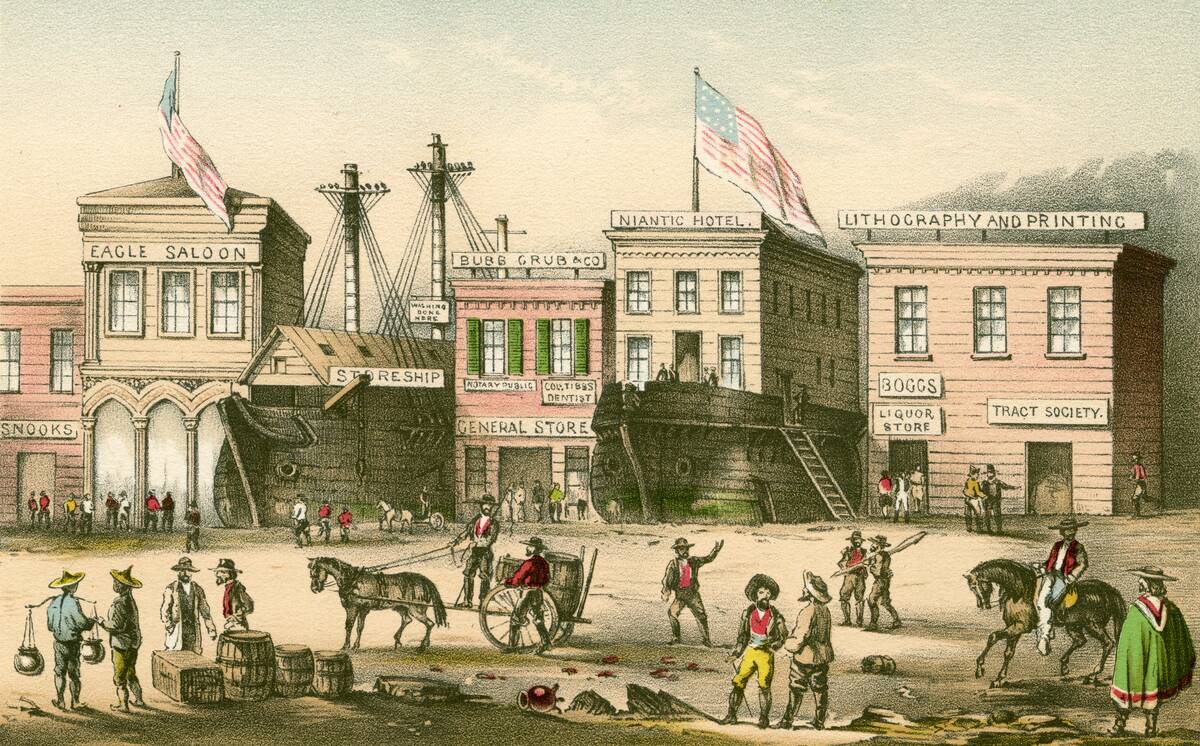
The Gold Rush of 1849 brought a surge of fortune seekers to the West, and saloons popped up to meet their needs. In places like San Francisco and Nevada City, saloons became bustling centers of activity.
They offered not only drinks but also news, mail services, and a chance to unwind after long days of prospecting. These establishments played a crucial role in the boomtown economy, providing essential services and helping to shape the culture of the rapidly growing settlements.
Architecture and Ambiance: What Made a Saloon?
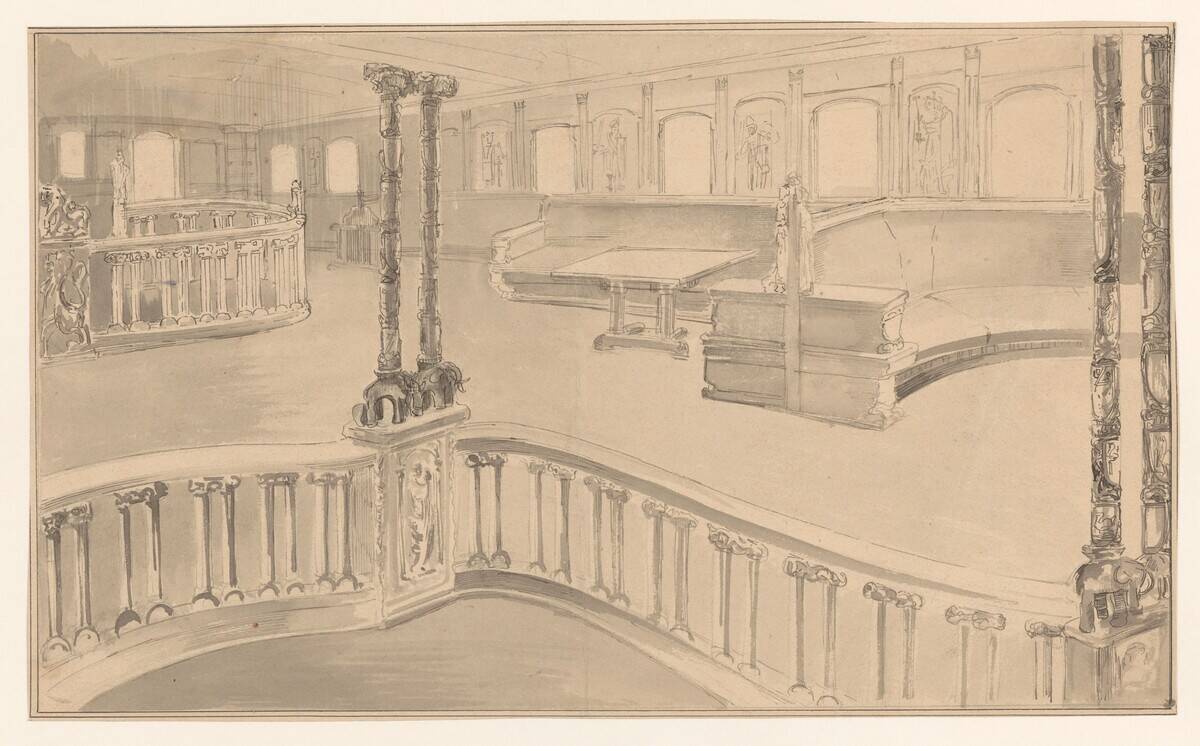
Old West saloons were often characterized by their distinctive architecture, featuring swinging doors, wooden facades, and long bars. Inside, the atmosphere was lively and welcoming, with oil lamps casting a warm glow over crowded rooms.
Many saloons boasted ornate decorations, such as painted murals and brass fixtures, aiming to create a sense of elegance amid the rough frontier conditions. The ambiance was a mix of rustic charm and a touch of sophistication, inviting patrons to linger. They also varied significantly depending on the clientele they were catering to.
Whiskey, Beer, and More: What’s on the Menu?
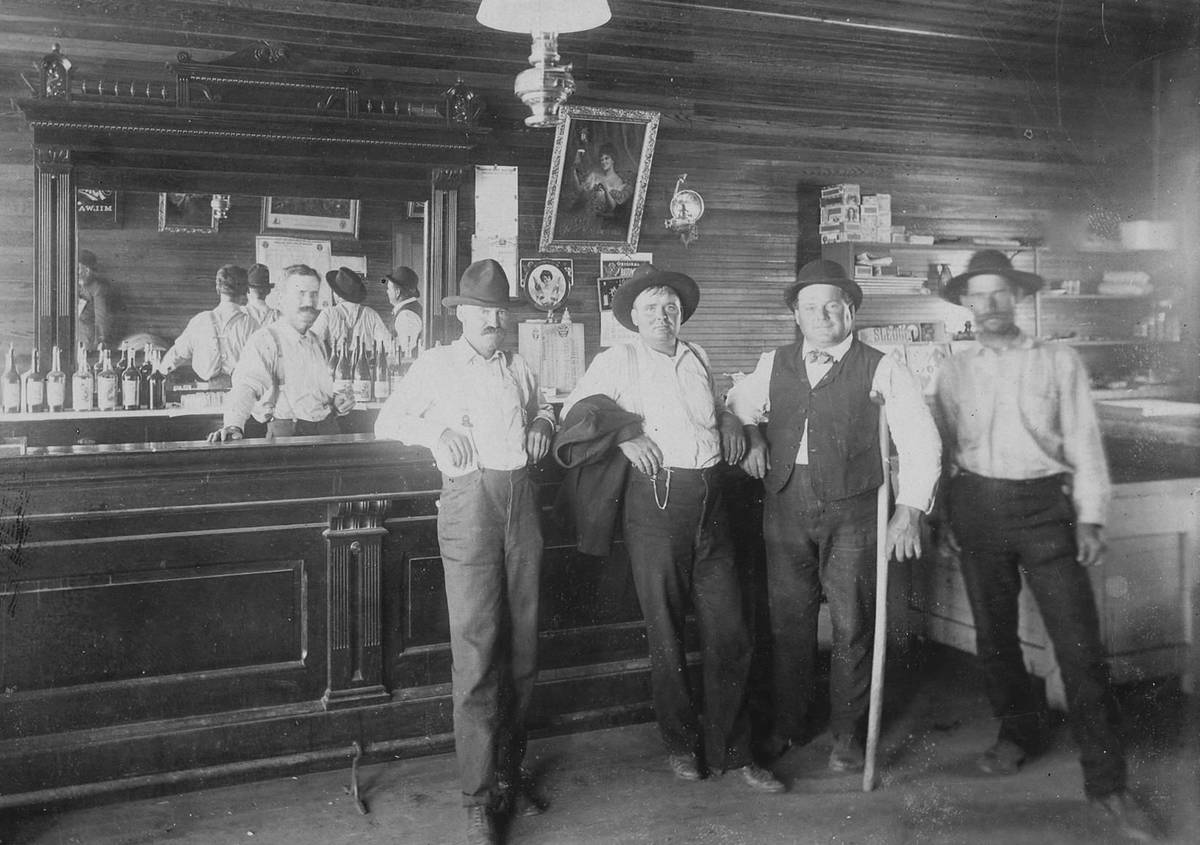
The typical saloon menu was simple but satisfying, featuring whiskey, beer, and occasionally other spirits like sangria and even champagne. Whiskey was the drink of choice, often homemade and known for its strong kick.
Beer was usually served warm, as refrigeration was a luxury. Saloons were also places people could expect to have full meals, often for free. This was a sales tactic to encourage people to pay for multiple drinks, as the meal was worth more than singular beverages.
Betting and Entertainment: Beyond the Bar Counter
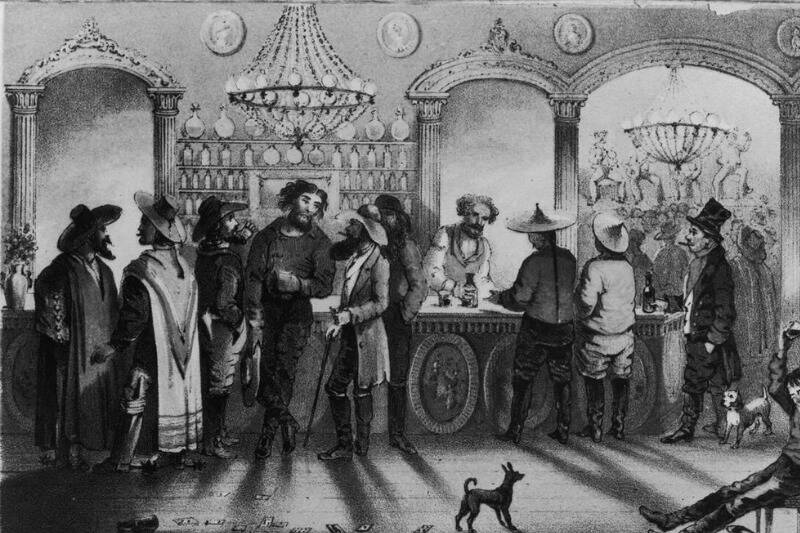
Saloons were lively entertainment hubs, offering more than just drinks. Betting was a major draw, with card games like poker and faro attracting patrons eager to test their luck. Many saloons also featured live music, from pianists to full bands, creating a festive atmosphere.
Dance floors were common, providing a space for patrons to unwind and socialize. This blend of entertainment made saloons an irresistible attraction, drawing in crowds from all walks of life.
Women in Saloons: From Performers to Proprietors
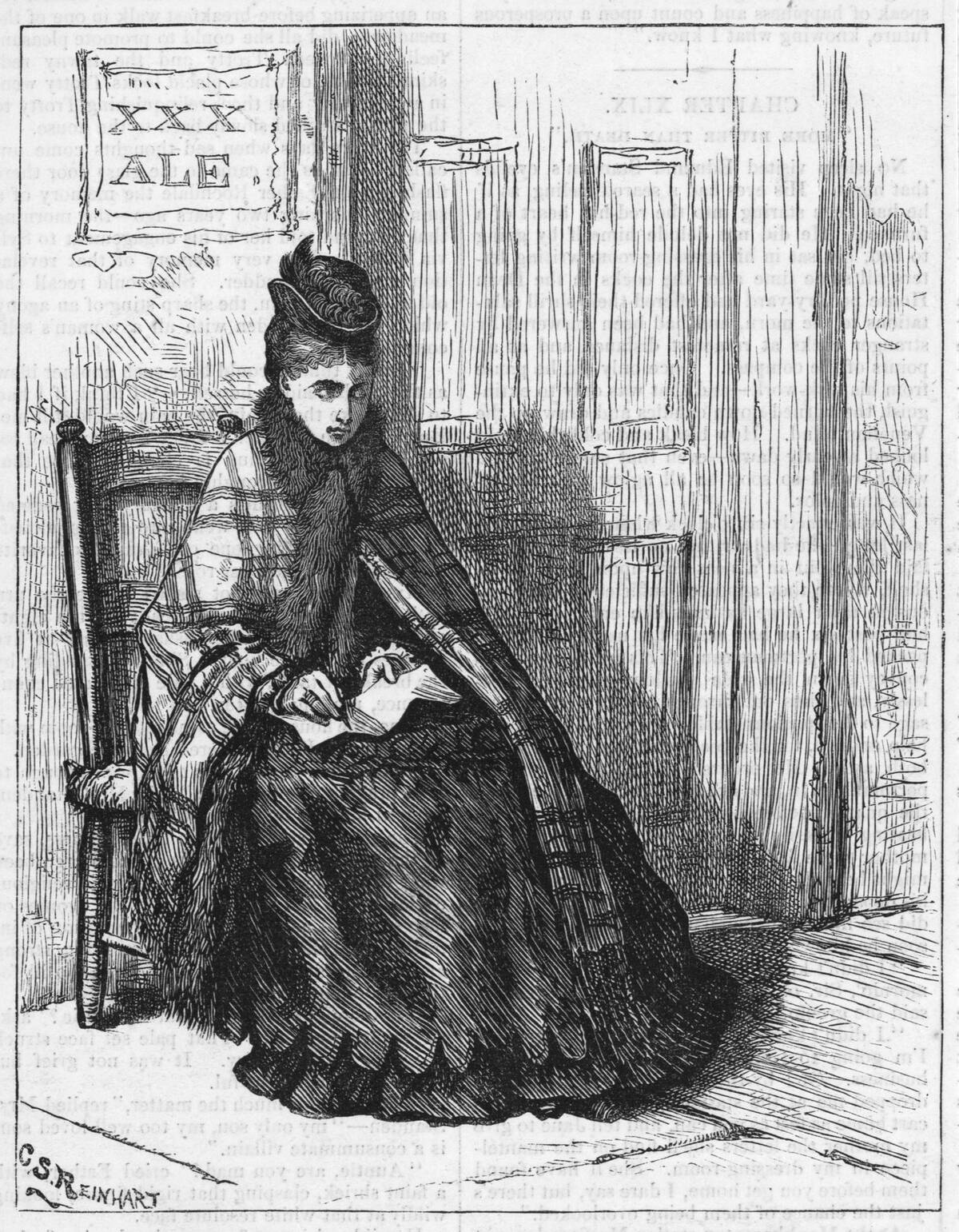
While the Old West is often seen as a man’s world, women played significant but often sad roles in the saloon scene. Many worked as “saloon girls,” whose job was to accompany lonely patrons. Indeed, the accompaniment was often physical, as some saloons were glorified brothels.
Some women, called “madams,” broke barriers by owning and operating their own saloons, becoming well-known figures in their communities. These pioneering women challenged societal norms and contributed to the vibrant tapestry of saloon culture, proving that they were more than just bystanders in the Wild West.
The Law of the Land: Saloons and the Legal Landscape
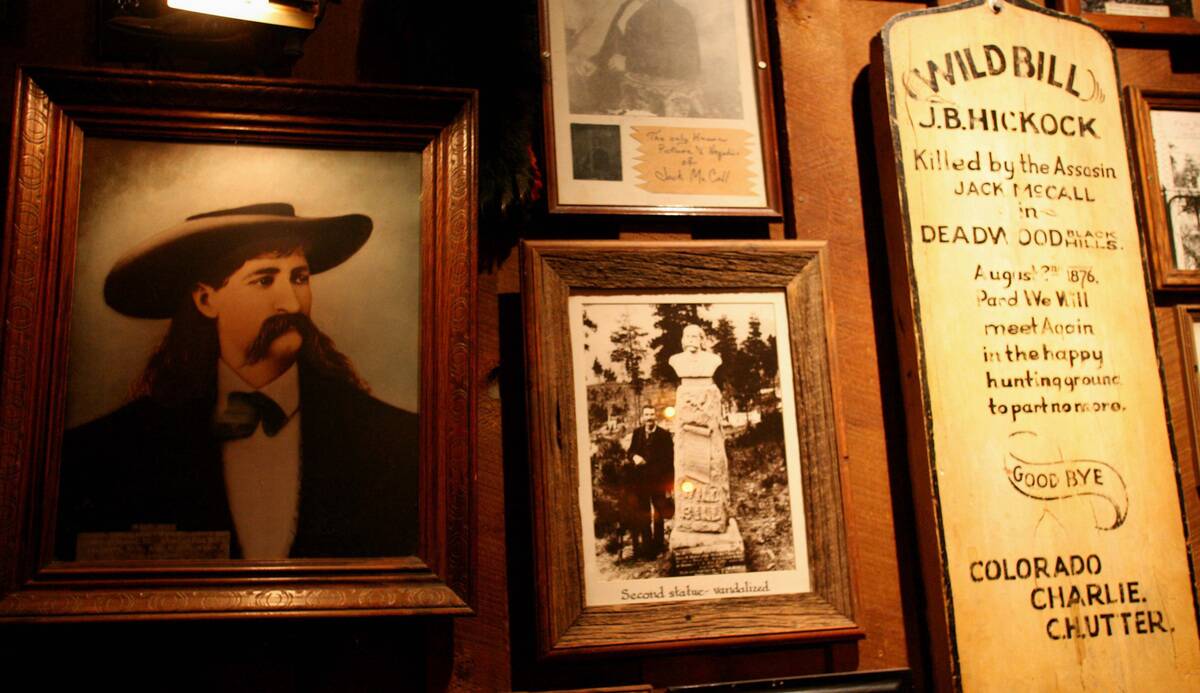
Saloons often operated in a legal gray area, with towns imposing regulations to maintain order while allowing these businesses to thrive. Licensing laws varied, with some towns requiring permits and others turning a blind eye to unlicensed operations, usually as the result of bribes.
Law enforcement faced challenges in controlling rowdy behavior, leading to the infamous reputation of saloons as hotspots for brawls and lawlessness. Despite these challenges, saloons remained an integral part of frontier life, navigating the complexities of the legal landscape.
Iconic Saloons of the Old West: Legends in Their Own Right
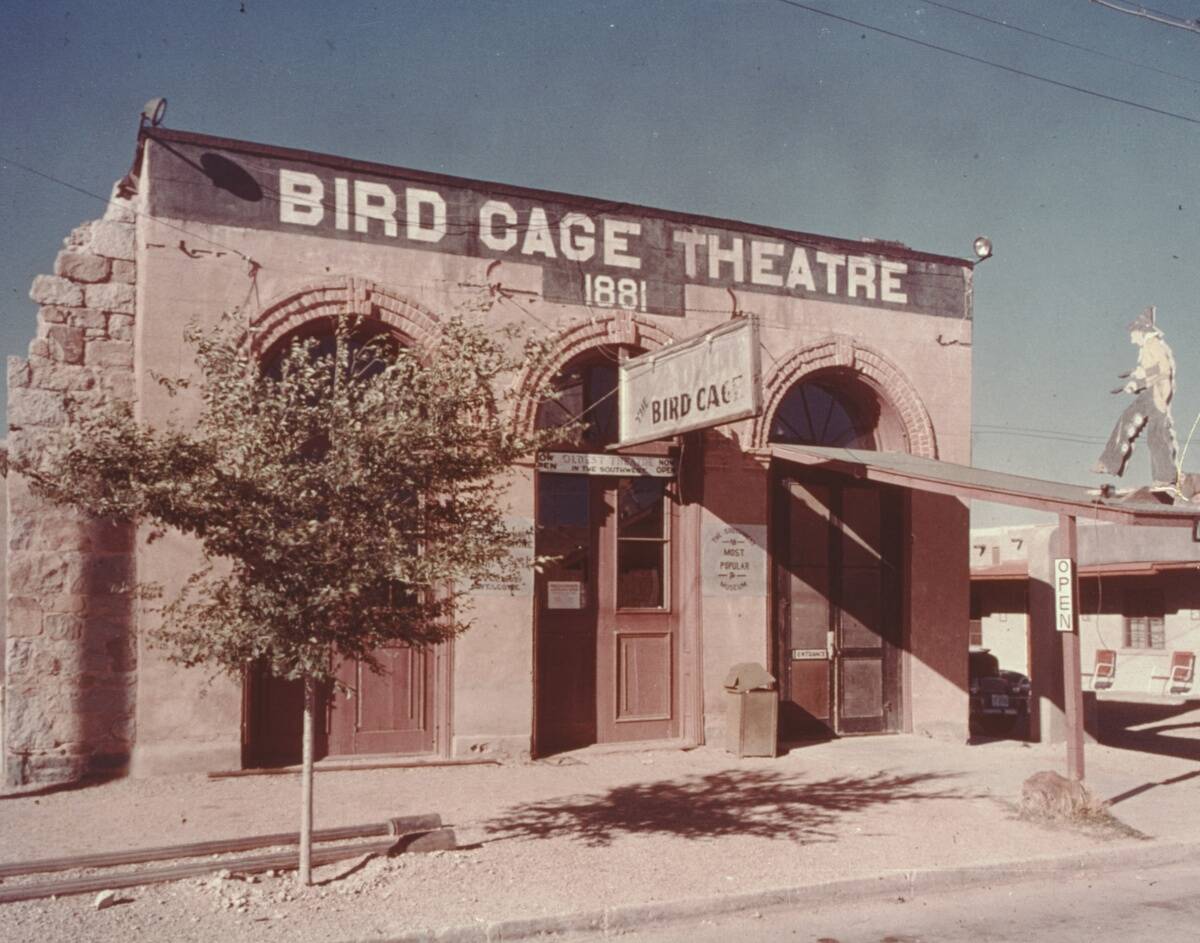
Several saloons from the Old West gained legendary status, becoming symbols of the era’s spirit and adventure. Notable among them was the Bird Cage Theatre in Tombstone, Arizona, known for its lively performances and infamous poker games.
Another iconic establishment was the Bucket of Blood Saloon in Virginia City, Nevada, which catered to miners and gamblers alike. These saloons left an indelible mark on history, embodying the rugged charm and vibrant energy of the Old West.
Showdowns and Shenanigans: Saloons in Western Lore
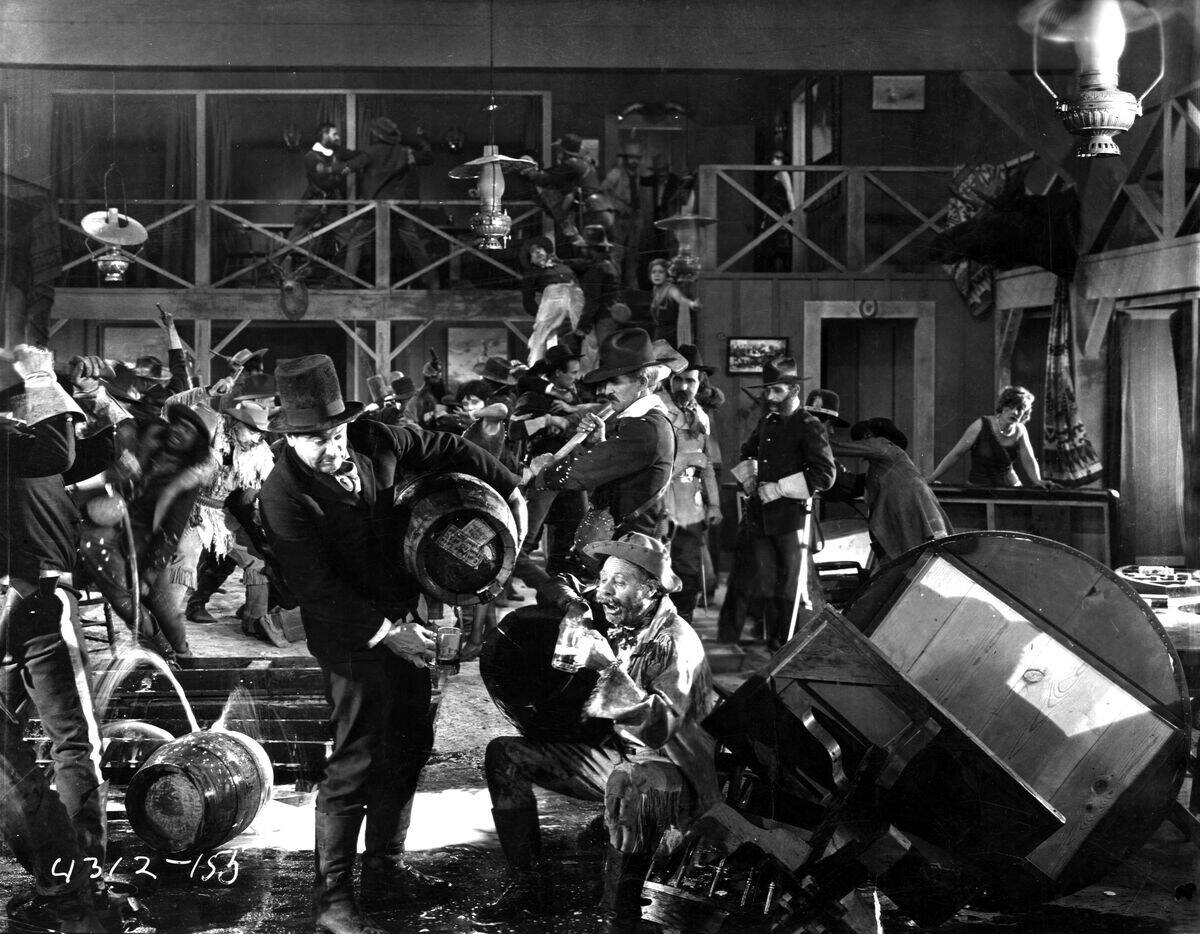
Saloons are often romanticized in Western lore as the backdrop for dramatic showdowns and wild shenanigans. From gunfights to high-stakes poker games, these establishments have been the setting for countless tales of adventure and intrigue.
While some stories are exaggerated (indeed, gunfights in saloons were far rarer than fistfights), they capture the spirit of the Old West, where anything could happen within the saloon’s walls. These legends have become an integral part of the American mythos, immortalizing the saloon as a symbol of frontier excitement.
The Rise of Temperance: Saloons Under Siege
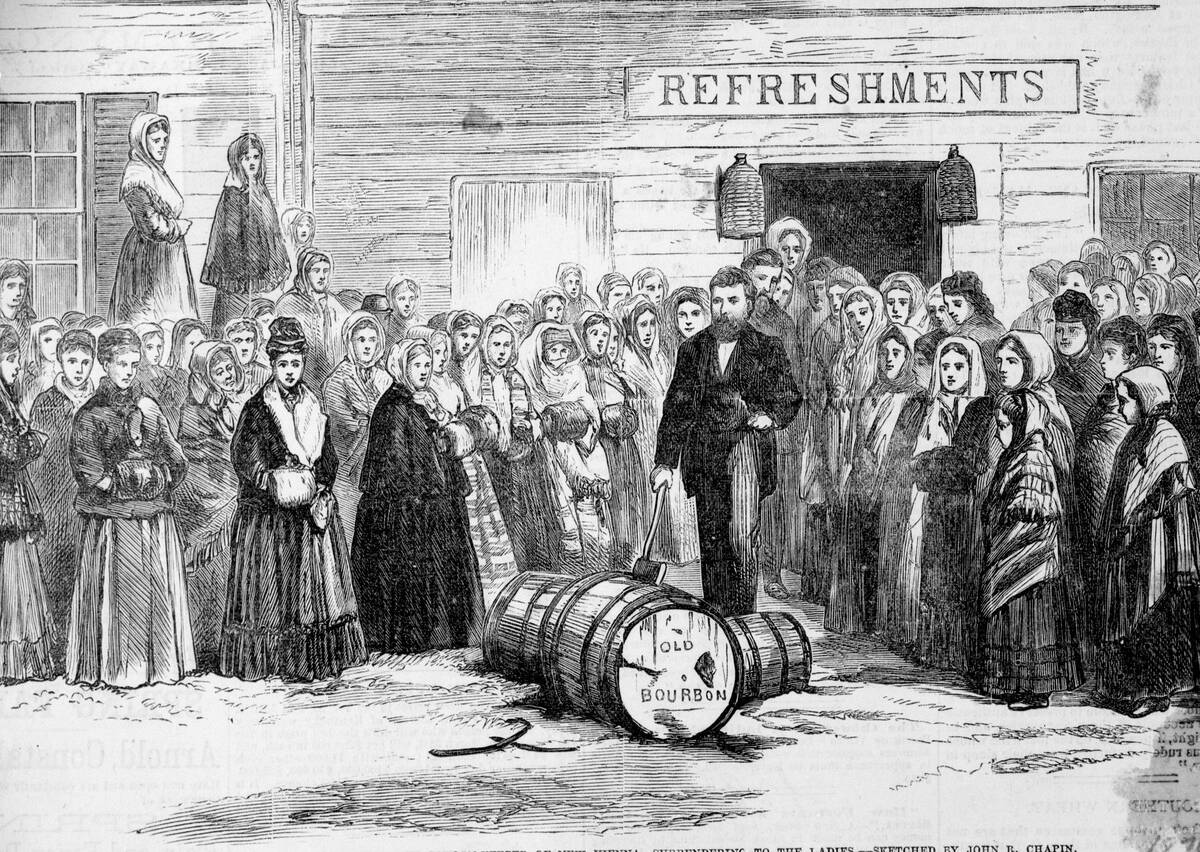
In the late 19th and early 20th centuries, the temperance movement gained momentum, targeting saloons as symbols of vice and moral decay. Activists campaigned for prohibition, leading to increased regulations and, eventually, the nationwide ban on alcohol in 1920.
Saloons faced pressure to adapt or close, with many forced underground or out of business. Despite these challenges, the spirit of the saloon endured, influencing the evolution of bars and social drinking culture in America.
The Transformation of Saloons: From Old West to Modern Bar
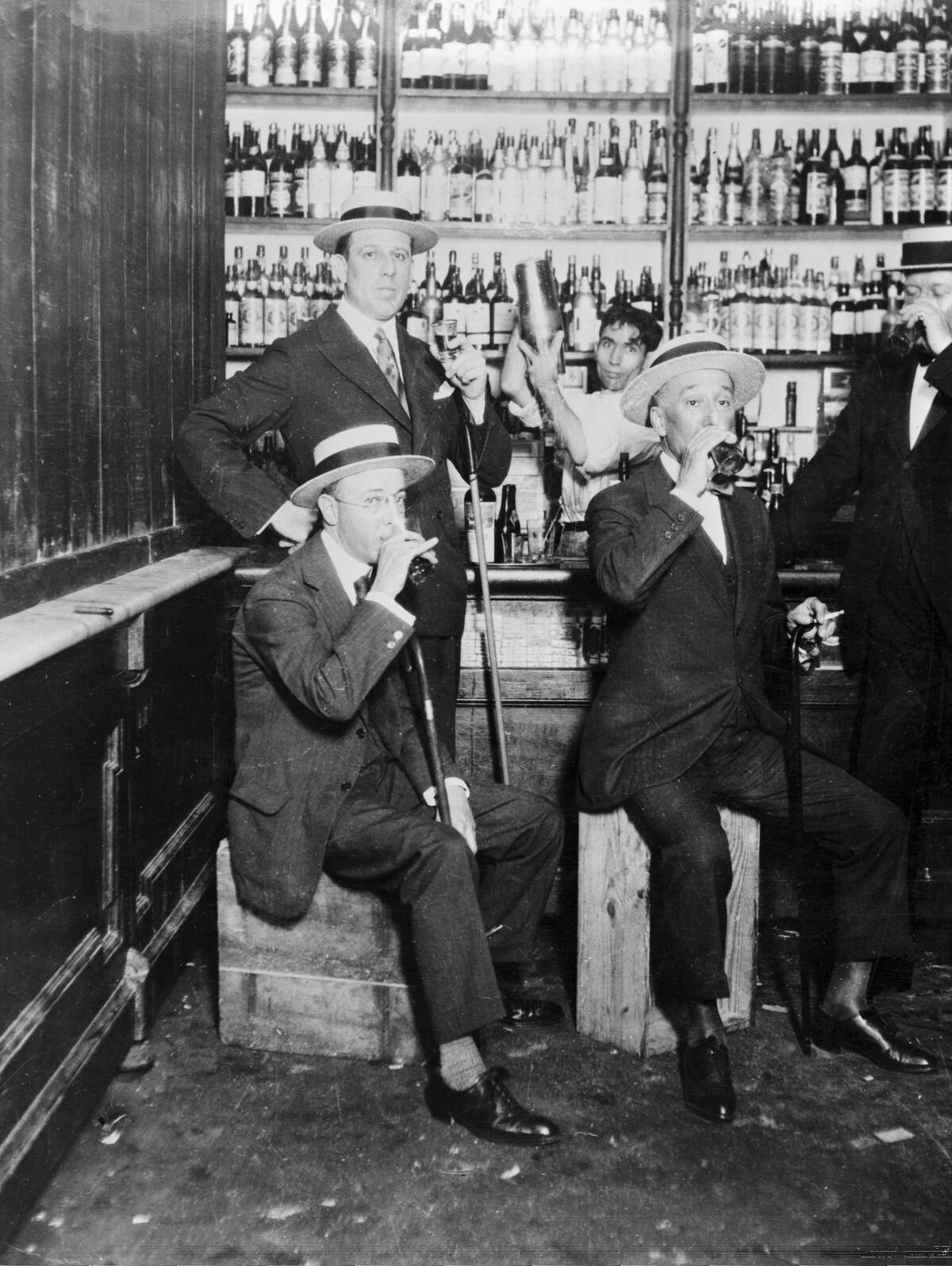
As the frontier faded, saloons evolved into modern bars, adapting to changing tastes and societal norms. The swinging doors and rustic charm gave way to sleek interiors and diverse drink offerings.
While the ambiance changed, the essence of the saloon as a social hub remained. Today’s bars owe their lineage to these frontier establishments, continuing the tradition of providing a space for community and camaraderie, albeit with a contemporary twist.
Pop Culture Portrayals: Saloons in Movies and TV Shows
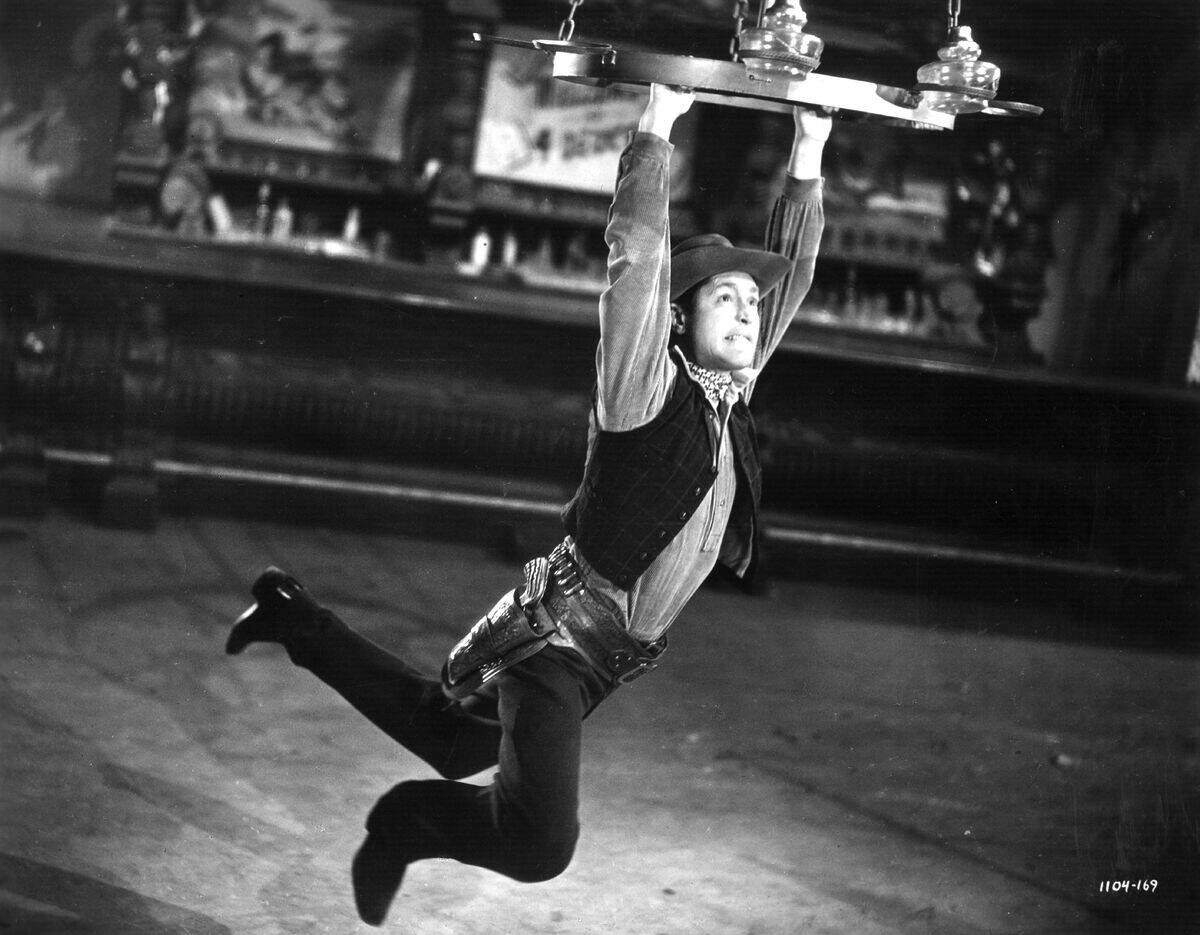
Saloons have been immortalized in countless movies and TV shows, capturing the imagination of audiences with their iconic imagery. From classic Westerns like Rio Bravo to modern series like Westworld, saloons are depicted as vibrant centers of action and drama.
These portrayals often emphasize the saloon’s role as a microcosm of the Wild West, where diverse characters and stories intersect. Through pop culture, the legacy of the saloon continues to thrive, captivating new generations.



